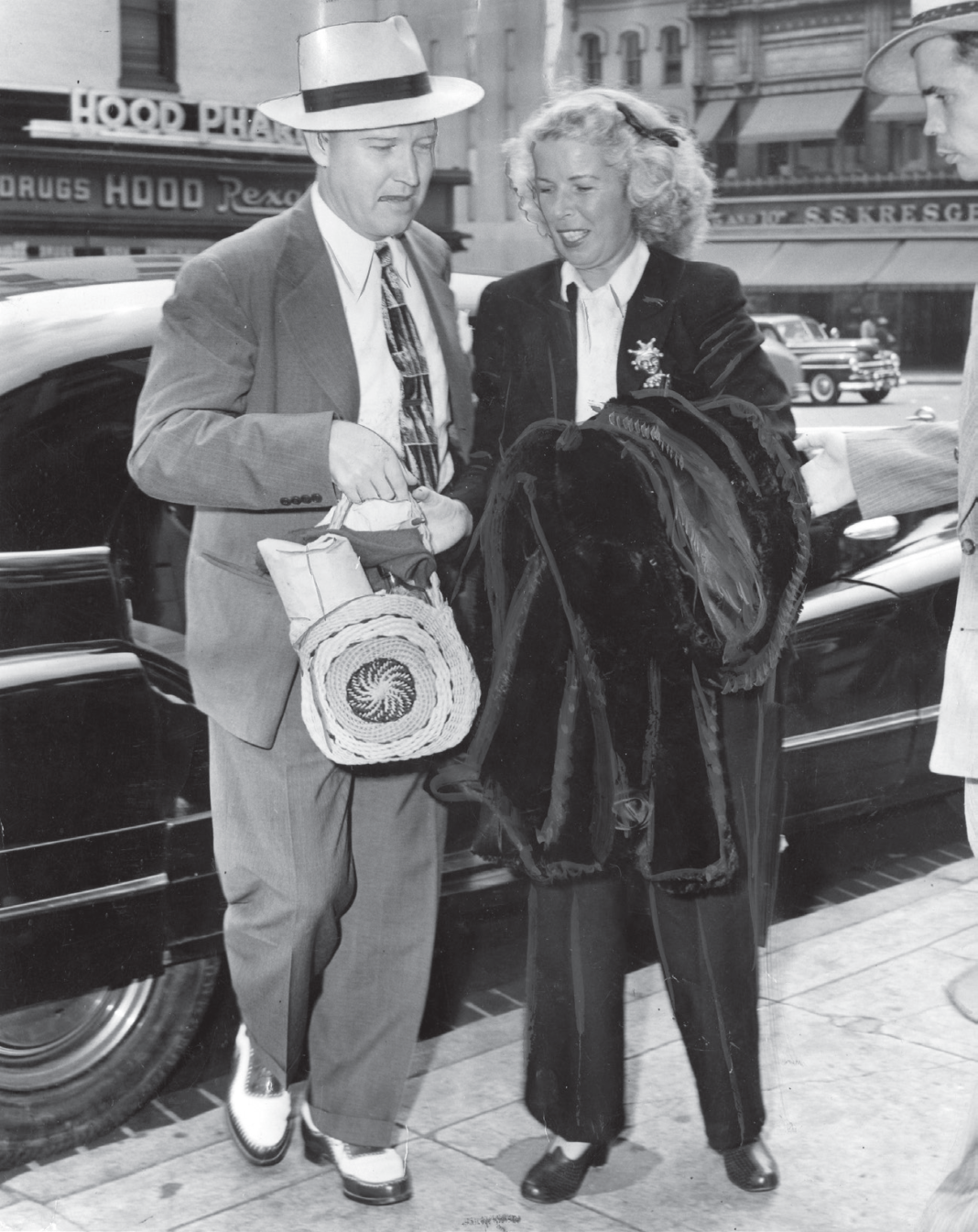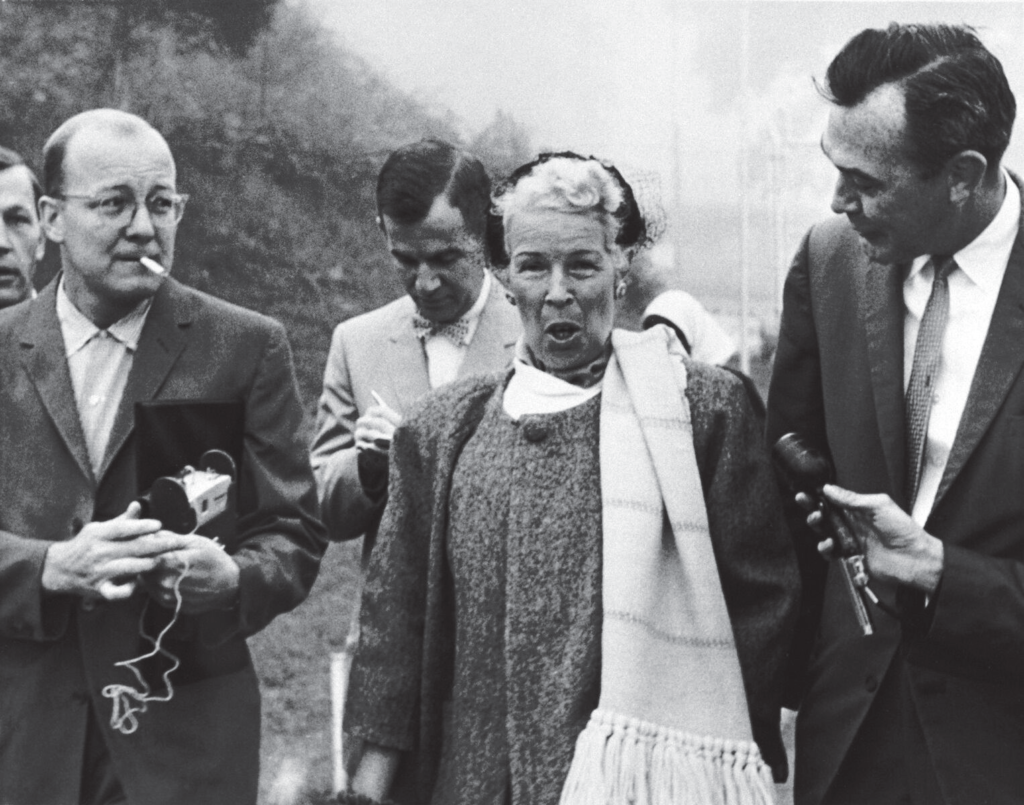
How an Ohio girl called Axis Sally became the voice of the Nazis
In the early 1940s in Europe, new battlefields were emerging in ways that far outpaced previous conflicts. Sustained air campaigns such as the London Blitz and submarine warfare throughout the Atlantic opened up pivotal new fronts, as conventional warfare rapidly evolved into a more modern form.
But the conflict was not just formed of bullets, torpedoes, and bombs; in truth, it was a battle of ideas as well. And for American troops fighting on German soil following the D-Day invasion, that battle was frequently fought not just on the ground but over the airwaves as well. As historians have long documented, works of culture—music, plays, stories, and other art forms—broadcast over radio were key weapons in the war to bolster troop morale, and ultimately to win over hearts and minds. Remarkably, however, as author Jane Ann Turzillo records, one of those voices fighting for the Nazi regime belonged to an Ohio girl named Mildred Gillars.
Born in Maine, Gillars moved to Ohio as a teenager, and began to pursue studies in theater and the arts. Following her education and several failed relationships, she eventually joined a wave of American expats seeking their fortune in Europe in the mid-1930s, as National Socialism and its leader, Adolf Hitler, were emerging as a new, emboldened political power.
While in Germany, Gillars’ romantic entanglements and career prospects soon overpowered any loyalty she might have had to her home country. One relationship in particular, with the German radio producer Max Koischwitz, blossomed into a position broadcasting pro-Nazi and anti-Semitic propaganda, earning her the nickname among American GIs of “Axis Sally,” or “Axis Sal.” By the early 1940s, she was regularly appearing on German radio, blaming Roosevelt and Churchill for the horrors of the war, reserving extra blame for the Jews, and always seeking to demoralize and discourage the Allied troops.
Gilars’ American accent was key to her success as a Nazi propagandist, Turzillo notes, but not everyone fell for her act. Rather, an American officer writing in the Saturday Evening Post had this to say about her performances. Corporal Edward van Dyne: “Sally’s goo is spiced neatly with little dabs of menace though. One of her favorite routines is to paint a warm, glowing picture of a little nest in the United States that might be yours; of the waiting wife, the little ones, the log fire … You’ll get back to all of that when the war’s over,” Sally would say, “If you’re still alive.”
Gearing some of her broadcasts to the women of the war, who (in her view) were needlessly sacrificing their husbands, sons, and brothers to the conflict, Axis Sally also visited American prisoners of war in German camps and hospitals, recording interviews with them in which she sought to cajole them into describing what good treatment they were receiving. But as the Allied forces gained ground on Berlin, her days proved numbered—her last broadcast was a few days before Russian troops entered the German capitol in May 1945.
Gillars went into hiding, but a citywide manhunt quickly rounded her up, and before long she was back home in the United States, on trial for treason. The trial riveted the country, featuring numerous recordings of her broadcasts, and testimony not just from Gillars herself (claiming her love for Koischwitz as well as coercion by the Nazis) but from injured servicemembers and former prisoners of war whom she had sought to influence. Indicted on ten counts, she was convicted on just one, and Axis Sally was sentenced to not less than ten years in prison.

As Turzillo notes, the second half of her life contrasted sharply with the first. Serving her time at a federal penitentiary for women in West Virginia, she eventually converted to Catholicism, and upon her release in 1961 moved to Columbus, Ohio, where she lived privately until her death in 1988. While her true feelings about her deeds went with her to her grave, it’s incredible to think, now, that a small-town Ohio girl could have lived such a sensational life—and a good reminder to get to know your neighbors, because you never know what kind of stories you might hear!
Read more stories on Women in Crime.




